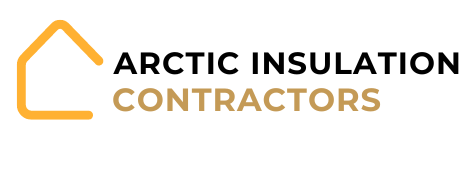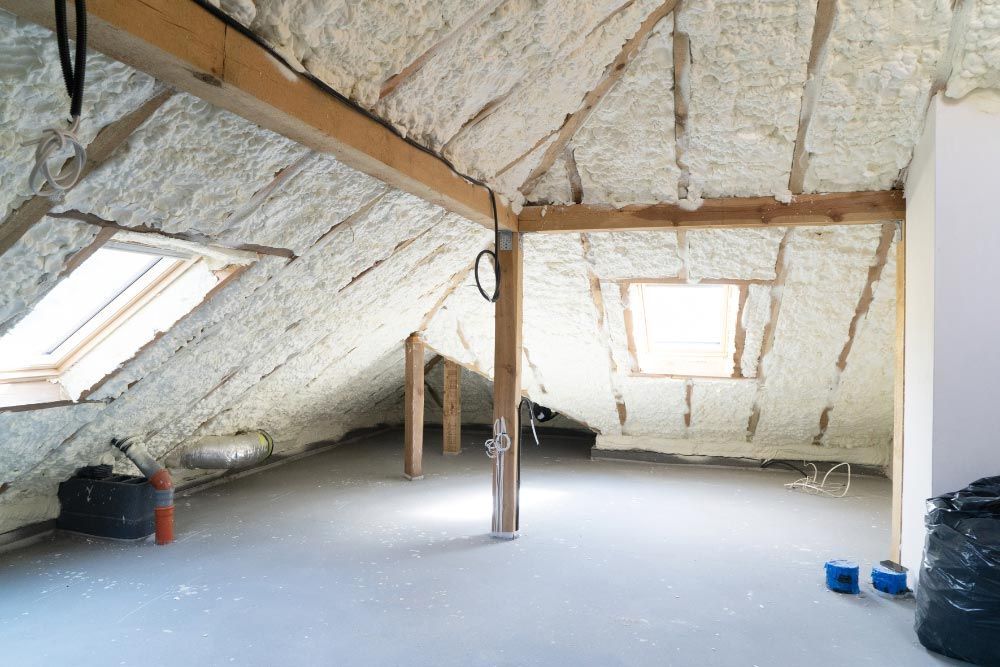How Much Does Blown-In Insulation Cost in 2025?
Upgrading your home’s insulation is one of the most effective ways to improve energy efficiency, reduce utility bills, and enhance indoor comfort. Among the popular options, blown-in insulation is highly favored for its ability to fill gaps, fit irregular spaces, and provide consistent thermal performance.
This guide will cover typical costs, factors affecting pricing, installation options, and tips to get the best value for your insulation project.
What Is Blown-In Insulation?
Blown-in insulation, also called loose-fill insulation, consists of small, lightweight particles of fiberglass, cellulose, or mineral wool. Unlike batt insulation, which comes in rolls, blown-in insulation is mechanically sprayed into attics, wall cavities, and other hard-to-reach areas.
Key Benefits
- Fills irregular gaps and cavities better than batt insulation.
- Creates a uniform thermal barrier, reducing heat loss and gain.
- Improves energy efficiency and lowers utility bills.
- Quick and efficient installation for professionals.
- Enhances soundproofing in walls and ceilings.
Average Blown-In Insulation Costs in 2025
Costs vary depending on material, home size, installation complexity, and regional labor rates. Here’s an average breakdown:
| Material Type | Cost per Sq. Ft | Typical Home (2,000 sq. ft Attic) |
|---|---|---|
| Cellulose | $1.00 – $2.00 | $1,500 – $3,500 |
| Fiberglass | $1.50 – $2.50 | $2,000 – $4,500 |
| Mineral Wool | $2.00 – $3.00 | $2,500 – $5,500 |
Factors Affecting Blown-In Insulation Costs
- Home Size and Area: Larger attics, walls, or crawl spaces require more material and labor, increasing the overall cost. Irregular shapes or multi-story homes can add complexity.
- Type of Insulation Material: Material choice affects price: cellulose is affordable, fiberglass is slightly more expensive, and mineral wool costs the most but offers higher R-value and soundproofing.
- Depth and R-Value: Deeper insulation provides better heat resistance (higher R-value) but requires more material, raising costs. Attic R-values usually range from R-38 to R-60.
- Accessibility and Complexity: Hard-to-reach areas or retrofits requiring old insulation removal increase labor and material costs due to added time and effort.
- Regional Labor Rates: Installation costs vary by location; urban areas typically charge more than rural areas, affecting the total price.
Additional Costs to Consider
- Old Insulation Removal: $1–$2 per sq. ft. Necessary for optimal performance of new insulation.
- Air Sealing: $100–$500 depending on home size and number of gaps.
- Vapor Barriers: $0.25–$0.50 per sq. ft. Some climates require it to prevent moisture issues.
- Permit Fees: $50–$150 in certain areas.
Common Mistakes to Avoid
Even small errors can reduce insulation performance. Common mistakes include:
- Uneven Coverage: Blown-in insulation must be applied uniformly to maintain consistent R-value.
- Poor Air Sealing: Gaps or leaks in attics and walls can allow energy loss despite new insulation.
- Compressing Insulation: Pressing insulation too tightly reduces its effectiveness.
- Ignoring Existing Issues: Moisture problems or damaged old insulation should be addressed before installation.
Hiring a professional or carefully following installation guidelines can help avoid these pitfalls and ensure maximum energy efficiency.
How to Save Money on Blown-In Insulation
Learn simple strategies to save money when installing blown-in insulation without compromising quality.
- Compare Quotes: Obtain at least three professional estimates.
- Install in Off-Peak Seasons: Spring and fall may have lower rates.
- Combine Projects: Pair with air sealing or home energy audits.
- Rebates and Incentives: Check federal, state, and local programs for tax credits or rebates.
- DIY Partial Installation: Small areas like garages may be feasible DIY projects.
Signs You Need Blown-In Insulation
Consider upgrading if you notice:
- Drafty or unevenly heated/cooled rooms
- High energy bills despite moderate HVAC use
- Cold floors in winter or hot rooms in summer
- Noise infiltration from outside
- Compressed, old, or damaged insulation
A home energy audit can help determine the ideal insulation type and depth. You can also check your attic insulation levels yourself by following guidelines from ENERGY STAR, which provides step-by-step instructions to assess whether your home needs additional insulation.
Maintenance Tips and Longevity
Blown-in insulation is low-maintenance but benefits from occasional inspections:
- Check for Settling: Over time, loose-fill insulation may settle slightly, reducing coverage. Adding additional insulation can restore R-value.
- Inspect for Moisture: Leaks in the roof or walls can damage insulation and reduce efficiency. Address moisture issues promptly.
- Monitor Pests: Rodents or insects can damage insulation; use appropriate barriers if necessary.
- Regular Energy Audits: Conducting an audit every few years ensures insulation is still performing optimally.
With proper maintenance, blown-in insulation can last 20–30 years, providing reliable comfort and energy savings for decades.
Final Thought
Blown-in insulation is an efficient, versatile solution to improve energy efficiency, comfort, and long-term savings. In 2025, expect to pay $1,500–$5,500 for a standard 2,000 sq. ft attic depending on material and installation complexity.
While DIY installation is possible, professional installation ensures proper coverage, efficiency, and durability. With energy savings, enhanced comfort, and potential home value increases, blown-in insulation is a smart investment for any homeowner.
Frequently Asked Questions
How much does blown-in insulation cost per square foot in 2025?
In 2025, blown-in insulation typically costs between $1.00 and $3.00 per square foot, depending on the material and installation type. Factors such as the size of your home, attic accessibility, and local labor rates can also influence the final cost. Cellulose, fiberglass, and mineral wool have slightly different price points, with cellulose generally being the most affordable and mineral wool the most expensive.
Which is better: cellulose, fiberglass, or mineral wool?
Each insulation type has its advantages. Cellulose is affordable, eco-friendly, and provides good air sealing, making it a popular choice for budget-conscious homeowners. Fiberglass is fire-resistant, easy to install, and moderately priced, making it effective for standard attic applications. Mineral wool offers a higher R-value, excellent soundproofing, and superior fire resistance, but it comes at a higher cost. Choosing the right material depends on your budget, desired performance, and specific home needs.
Can I install blown-in insulation myself?
DIY installation is possible if you rent a blower machine and use proper protective gear. However, professional installation is recommended to ensure full coverage, proper density, and optimal R-value. Professionals also reduce the risk of gaps, settling, and potential fire hazards, ensuring the insulation performs as intended.
How long does blown-in insulation last?
When installed correctly, blown-in insulation generally lasts 20–30 years. Over time, minor settling may occur, slightly reducing effectiveness. Regular attic inspections can help ensure the insulation continues to provide the intended thermal performance and energy savings.
Will blown-in insulation reduce energy bills?
Yes, blown-in insulation can significantly reduce energy costs. Homes with properly installed insulation often experience 10–30% savings on heating and cooling bills, depending on the condition of prior insulation and the overall energy efficiency of the home. Improved insulation keeps your home more comfortable year-round while lowering utility expenses.


